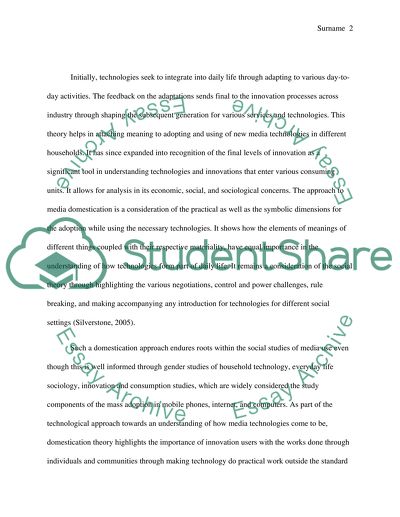Cite this document
(“Explore the different types of media domestication using Roger Essay”, n.d.)
Explore the different types of media domestication using Roger Essay. Retrieved from https://studentshare.org/journalism-communication/1637398-explore-the-different-types-of-media-domestication-using-roger-silverstones-media-domestication-theory
Explore the different types of media domestication using Roger Essay. Retrieved from https://studentshare.org/journalism-communication/1637398-explore-the-different-types-of-media-domestication-using-roger-silverstones-media-domestication-theory
(Explore the Different Types of Media Domestication Using Roger Essay)
Explore the Different Types of Media Domestication Using Roger Essay. https://studentshare.org/journalism-communication/1637398-explore-the-different-types-of-media-domestication-using-roger-silverstones-media-domestication-theory.
Explore the Different Types of Media Domestication Using Roger Essay. https://studentshare.org/journalism-communication/1637398-explore-the-different-types-of-media-domestication-using-roger-silverstones-media-domestication-theory.
“Explore the Different Types of Media Domestication Using Roger Essay”, n.d. https://studentshare.org/journalism-communication/1637398-explore-the-different-types-of-media-domestication-using-roger-silverstones-media-domestication-theory.


